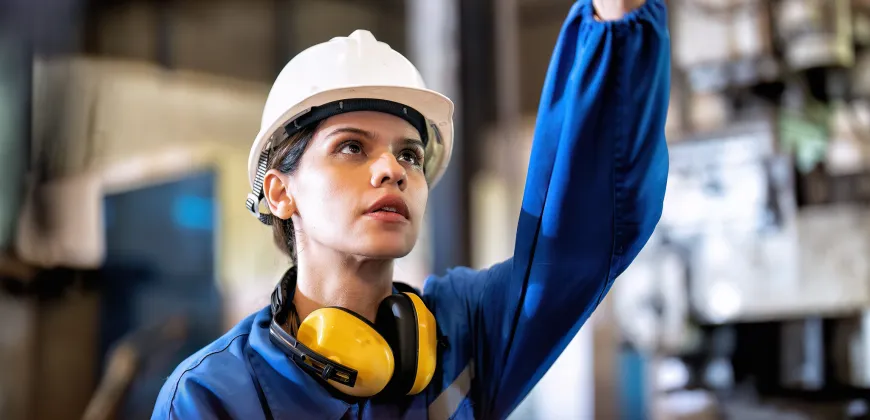Strategies to reduce emissions in the maritime industry

By Jasmin Jelovica, NSERC/Seaspan Industrial Research Chair in Intelligent and Green Marine Vessels, Assistant Professor in Civil and Mechanical Engineering and instructor in the Master of Engineering Leadership in Naval Architecture and Marine Engineering at the University of British Columbia. The International Maritime Organization has committed the industry to cut marine emissions in half by 2050 compared to 2008. Achieving this will be a challenge. Many studies have shown that the technical solutions currently available – such as switching to lower-carbon fuels and other strategies – can only get us about 60 per cent to our goal.
That last 40 per cent is incredibly difficult to achieve. And getting to carbon neutral is even harder.
Naval architect explores advanced lightweight structures
One solution is using innovative structural topologies that would reduce structural weight. In some ships, such as ferries and military vessels, 50-60 per cent of the weight is in the vessels’ structure. Finding ways to reduce that weight is one strategy for improving fuel efficiency and reducing emissions. Tankers and bulk carriers are more efficient in terms of structure, with only about 15 per cent of their weight made up of the ship itself.
My research focuses on designing advanced lightweight structures and testing their structural integrity under ship loads.
The sandwich panel structures I’m working on have other benefits as well.
By manipulating their shapes, it’s possible to reduce underwater-radiated noise from ships.
We know from marine biologists that noise levels have been increasing over the last decades and that this noise interferes with marine mammals’ ability to communicate and locate prey. I am exploring – along with my colleague Rajeev Jaiman and through partnerships with Seaspan and several local ship design companies – the structural shapes that could be introduced around the engine room to dampen engine noise and minimize the impact of that noise on wildlife.
Engineering solutions in naval architecture
I introduce this and other research in my course Advanced Structural Analysis, which I teach as part of the UBC MEL in Naval Architecture and Marine Engineering program. This course covers the analytical techniques used to analyze and design different structures, and it is one of the six technical courses in the program that expose students to a wide range of topics in marine engineering and naval architecture.
Students not only get a deeper understanding of the maritime sector, they also benefit from the program’s close alignment with the marine industry.
We have an Industry Advisory Group that meets every six months to talk about current maritime industry challenges and the types of professionals who are needed to address them. Naval and maritime industry leaders also participate as advisors in our courses.
In a course on ship design, students develop a concept for a special-purpose vessel, and participating industry advisors will offer their insight on guidelines and best practices to consider for the naval architecture.
Students also complete an internship in the summer, working on a project with industry partners or completing a co-op term in organizations like the Seaspan Shipyards in Vancouver.
Business and leadership skills for naval architects & marine engineers
The business courses that make up 40 per cent of the curriculum play an important role in equipping students with the skills they’ll need to succeed – from leadership, project management and budgeting, to sustainability, strategy and other business essentials.
This is a very exciting time to be working in the marine industry. The push to significantly reduce emissions has created an openness to new ideas and innovations.
The MEL in Naval Architecture and Marine Engineering gives students an interdisciplinary understanding of the technical elements of ship design and an appreciation of the importance of considering technological risks along with economic, social and environmental impacts that are associated with the new naval architecture and engineering techniques being introduced to the marine industry.



